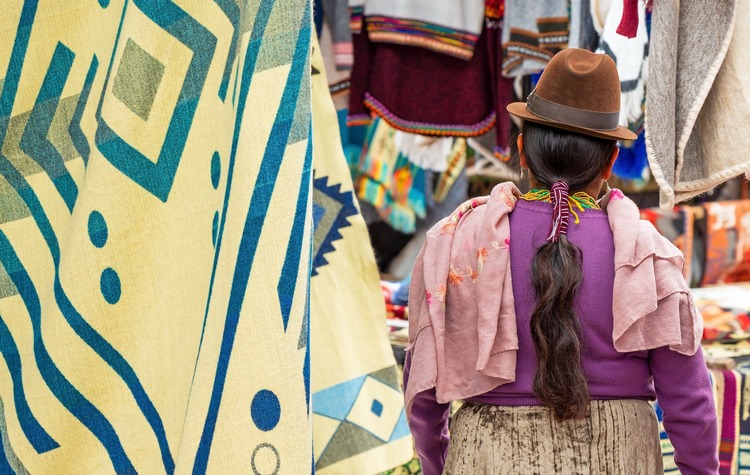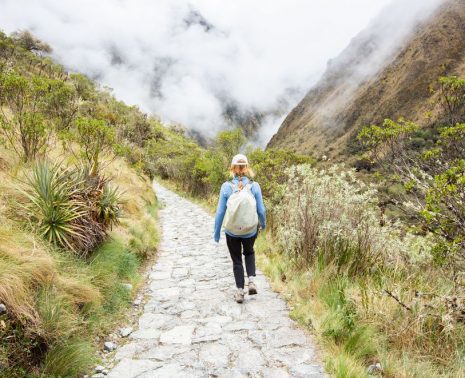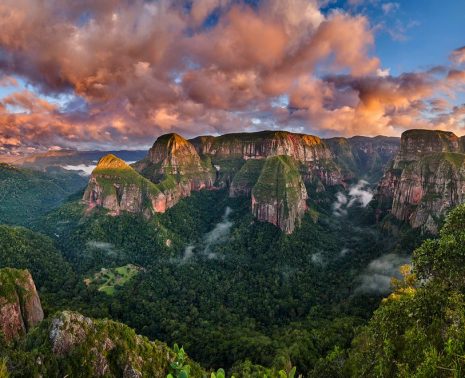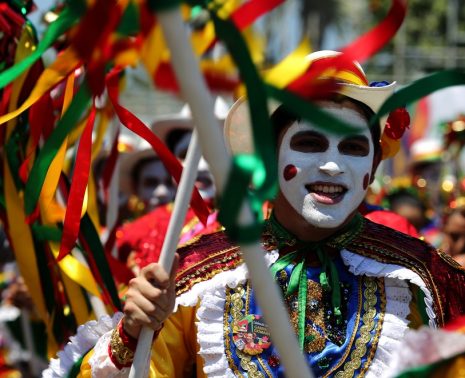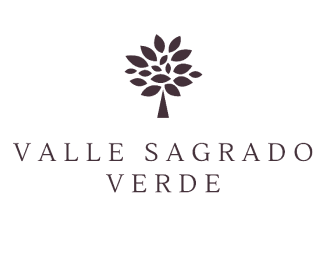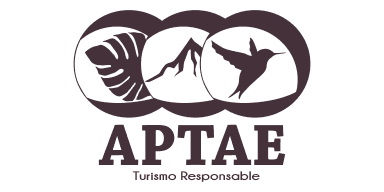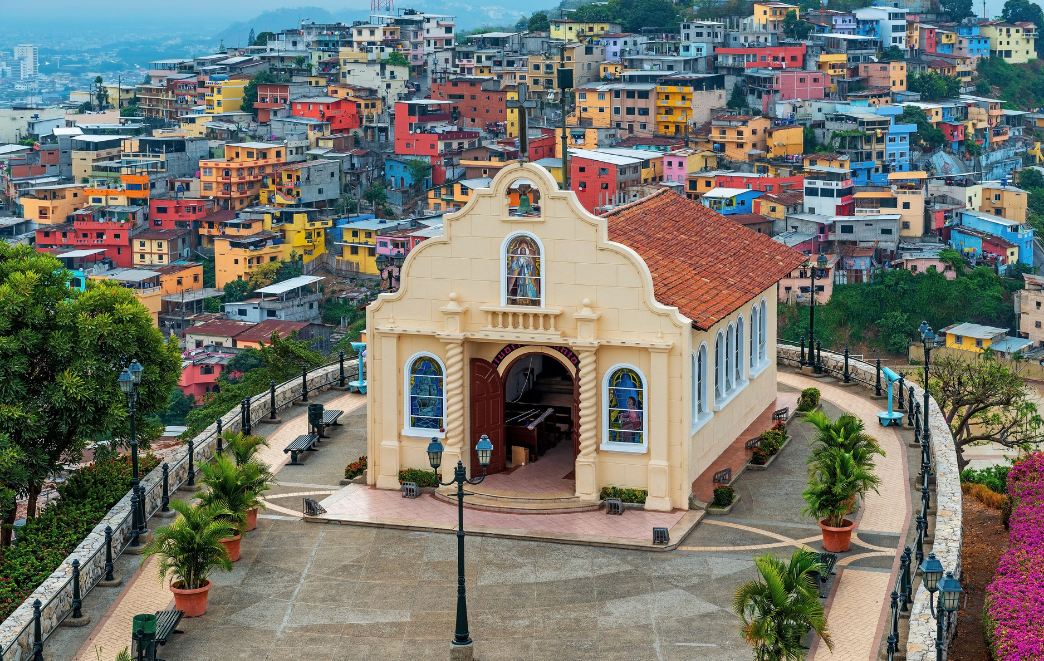
With a population of 17 million people and a surface area slightly smaller than Nevada, Ecuador is a small but mighty country. The Amazon, Andes, Coast, and Galapagos Islands all fit snugly inside its borders, making for a rich cultural history and profound level of biodiversity. The following are some key takeaways from Ecuadorian culture to help prepare you for your once-in-a-lifetime trip to the Equator!
A bit of cultural history
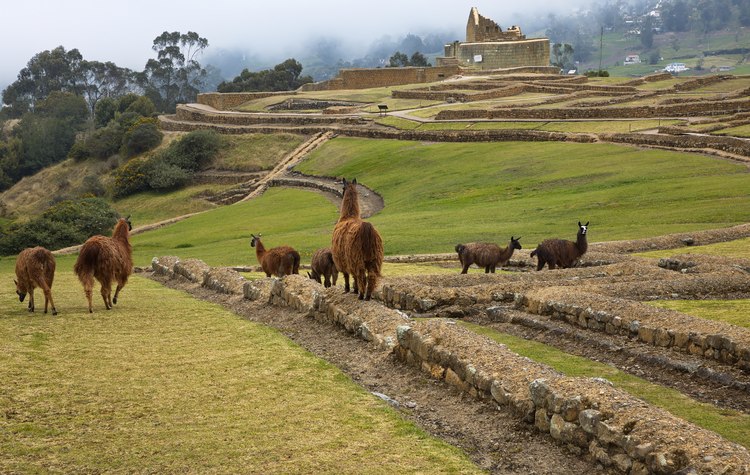
In the 15th century, the territory now called Ecuador became the last and most challenging frontier to conquer for the Incas. Inca leaders Pachacuti Inca Yupanqui and then his son Tupa Inca Yupanqui were met with resistance and resilience from local Quichua populations, such as the Cañari, Cara, and Quintu tribes. Eventually, however, under the rule of Huayna Capac (Tupa’s son), these tribes, amongst many more, fell into the great Inca Empire called Tahuantinsuyu.
That early tribal opposition can be felt today in modern-day Ecuador, where a strong indigenous presence maintains particular local traditions. Many Quichua communities clearly state they are not descendants of the Incas, and proudly declare their autonomy from both Inca legacy and lingering Spanish influence. However, many Ecuadorian festivals and beliefs have been inevitably influenced by both.
A fascinating example of religious syncretism between pre-Inca, Inca, and colonial life in Ecuador is the San Juan festival (aka Inti Raymi – Sun Festival – for descendants of the Incas, and Hatun Puncha in the Otavalo region of Ecuador). San Juan (meaning Saint John the Baptist), represents the Spanish attempt at Catholic conversion in many Quichua communities. But the tribes within the Otavalo region of Ecuador claim that the holiday predates even the Inca conquest. This multi-day festival is held in late June during the equatorial solstice. Local lore recounts the origin of the Otavalo festival to the first person to read the stars and understand human existence in the universe. So this origin diverges even from the Inca celebration of Inti Raymi honoring the Sun God, and a renewed agricultural bounty.
The heart of Ecuadorian cuisine
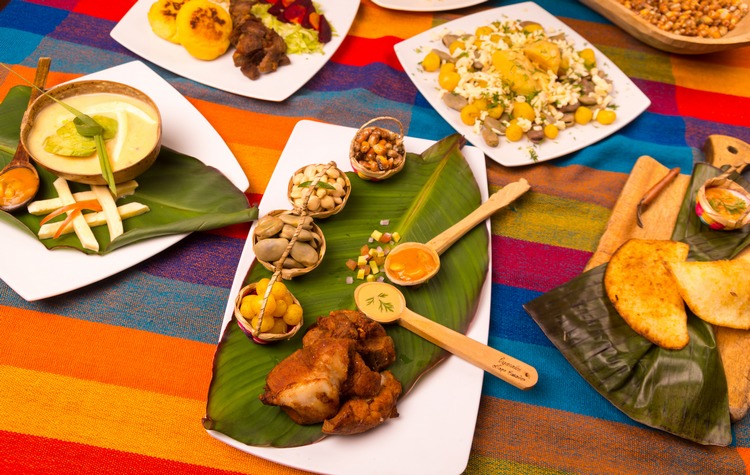
Akin to the now world-famous Peruvian cuisine, Ecuadorian dishes bring together an abundance of ingredients from the jungle, mountains, and coast. Staples from the jungle include fruits such as naranjilla and plantains, whereas quinoa and tubers abound in the mountains, and seafood reigns on the coast.
Ceviche is ubiquitous throughout the entire country, and more specifically, shrimp ceviche. However, unlike the Peruvian classic of white fish quickly marinated with a powerful combination of lime juice, aji (hot pepper), garlic, onion, and fish broth, the Ecuadorian version curiously features the tomato. Some other local favorites include patacones (fried green plantains), a delectable potato pancake called llapingachos, a potato chowder called locro de papa, and a sinful plate of goodies called churrasco. Other South American countries feature a churrasco dish. But the Ecuadorian version specifically combines fried skirt steak, french fries, two fried eggs, half an avocado, salad, and rice… all in a single serving!
Art as Life in Ecuador
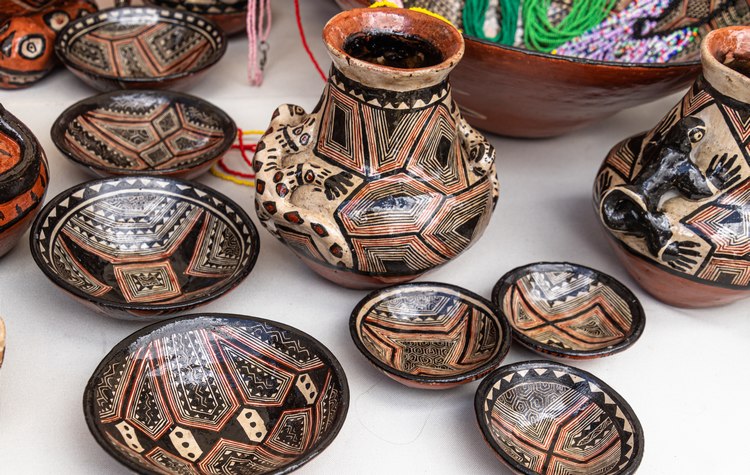
If art truly does imitate life, Ecuador’s Oswaldo Guayasamín encapsulates life in Latin America, with every single brush stroke. He has earned international acclaim for his intimate examination of the human experience, reflected not only in the faces of his people but also of people throughout Latin America.
Born and raised in Quito in the 1920s in a family of ten children, Guayasamín began exploring his own culture through painting at age six. His father was an indigenous man, and his mother mestiza (of both European and indigenous descent). This identity informed his artwork and indigenista images and connected him to indigenous communities throughout Latin America. He traveled extensively through other Latin American countries after graduating from the School of Fine Arts in Quito in 1941.
During these travels, he began to draw significant parallels between Ecuador and its neighbors in the poverty of indigenous people inflicted by the state, as an extension of Spanish rule. With his work, he brought something equally unforgivable and invisible into the light. Travelers to Quito have the opportunity to access his lifelong search for human justice in the museum he created to preserve his work called the Fundación Guayasamín.
Social Interaction
Class structure in Ecuador is still very much defined by race, which is a problematic cultural aspect leftover from Spanish rule. You will find the main divide between the indigenous Quichua communities and Catholic Spanish-speaking mestizos. Considering this tangible power dynamic, light-skinned tourists and expats are automatically treated with reverence and respect by members of every social class in Ecuador.
This is an important social reality to keep in mind as a tourist occupying a cultural space that is not your own. For instance, when purchasing a souvenir from the extensive Otavalo market, or engaging with a local community during a festival, you may not receive eye contact. In contrast, people belonging to the middle and upper classes might be more inclined to talk with you. They may want to practice their English or learn more about North American and European cultures.
Traveling offers the unique opportunity to come into contact with the surface and deep culture of the people who call each country home. With this introduction to Ecuadorian culture, you have a head start connecting not only with Ecuador’s breathtaking landscapes but also with the people you are sure to meet during your journey!
How To Sustainably Visit the Inca Trail on Your Next Trip to Peru
Trekking the legendary Inca Trail to Machu Picchu is a dream for many adventurers, but with that dream comes t...
Read PostExploring Bolivia’s National Parks: A Paradise for Outdoor Adventure Enthusiasts
Nestled in the heart of South America, Bolivia’s National Parks stand as a captivating tapestry of diverse l...
Read PostA Guide To Visiting Carnival in Colombia in 2024
Colombia, a vibrant tapestry of culture and color, welcomes visitors to immerse themselves in the fervor of it...
Read Post

 Call
Call 







